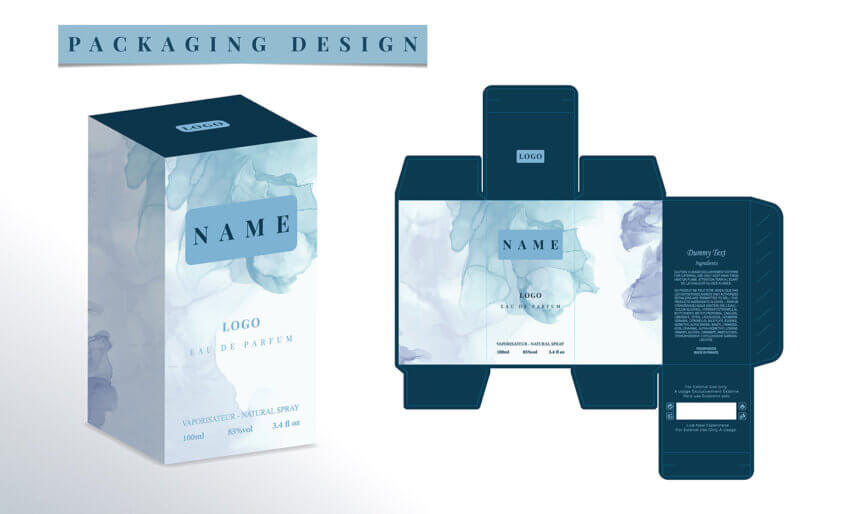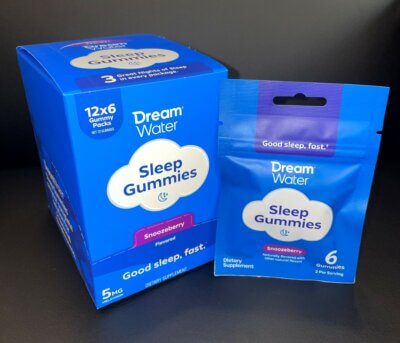 Brand-forward packaging design is an essential feature of the CPG marketing landscape. In addition to its primary protective function, packaging is a valuable conduit, directly connecting brands with consumers. The most effective designs help tell a brand’s story, each bringing a blank canvas to life, promoting brand identity and values.
Brand-forward packaging design is an essential feature of the CPG marketing landscape. In addition to its primary protective function, packaging is a valuable conduit, directly connecting brands with consumers. The most effective designs help tell a brand’s story, each bringing a blank canvas to life, promoting brand identity and values.
Packaging Design Supports Fundamental Functions
Turnkey packaging companies account for various packaging functions, implementing designs that help build brand awareness. Among the important functional concerns driving design decisions, producers and contract packagers focus on key packaging considerations, including ways to:
Differentiate Brands
Food and supplement brands utilize design elements to differentiate their packaging from that of competing brands. Logos, graphics, packaging shapes, and distinctive materials are all used to establish recognizable brand-forward packaging, turning each package into a unique marketing device.
Inform Consumers
Consumers increasingly favor brand transparency, requiring modern manufacturers to share more information than did past producers. Informative packaging designs offer opportunities to share mandated information such as ingredient lists and nutritional facts and space to feature unique brand messages. Health claims, dosage information, and usage instructions are also conveyed on food and supplement packaging, along with expiration dates and other vital news about the package contents.
Protect Contents
Protective qualities are a fundamental feature of product packaging that keeps package contents intact during transit and storage. Well-designed retail packaging also accounts for merchandising needs, protecting goods from shelf-wear and handling and keeping contents safe from tampering.
Attract Buyers
Packaging design decisions directly influence purchasing choices. Eye-catching graphics, colors, and custom packaging features stand out on store shelves and in online marketing campaigns. Buyers unfamiliar with a particular product may have only its exterior presentation to rely upon when making purchasing decisions. Well-conceived designs attract attention for all the right reasons, drawing buyers to further investigate the most appealing options.
Strong Associations Link Brands with Packaging Designs
Consumers make strong associations between brands and packages. Over time, the line may blur enough to make a particular package design synonymous with its contents. A distinctively shaped liquor bottle, for example, may grow familiar enough to consumers that it is more readily recognized than the actual name of the spirits inside.
A functional design, such as a box dispensing facial tissue, may ultimately serve as the industry standard for packaging a particular product, creating long-lasting associations between contents and containers.
Experienced package designers create functional and aesthetic associations, relying on memorable designs that make purchasing decisions “automatic” for conditioned consumers. Shapes, colors, and value-added features cement the notion that a brand is responsible for the “original” version of a given product.
Positive First Impressions Lead to Long-term Brand Relationships
Positive first impressions left by well-executed packaging designs can lead to long-lasting brand loyalties. Eye-catching, upbeat, packaging designs foster positive takeaways, creating connections with consumers. On the other hand, failed first impressions, conveying the wrong mood or message, reduce shoppers’ incentive to investigate brands further.
While it may be true, there is only one opportunity to make a first impression, a memorable package design can nonetheless help food and supplement producers build brand awareness and spark lasting interest.
Packaging Designs Tell Stories and Answers Questions
Modern branding conveys manufacturers’ values and related information; packaging provides opportunities to share desired messaging and answer questions, before they are asked. Boxes, cartons, pouches, bottles, cans, and other containers serve as extensions of the brands behind the products, so the best packaging designs capture brand philosophies and emulate company values.
A company committed to sustainability, for example, should convey that message to consumers, using packages to connect with shoppers’ shared green visions.

Because packaging creates perceptions about producers and the contents of individual packages, dialing-in designs is the first step toward increased sales. Until they actually try a product, shoppers have little to go on, judging the efficacy or appeal of what’s inside a box or bag. The essential connection made by attractive, informative, and interesting package designs can’t be overstated; good packaging sells products.
Contract packaging companies work to make it as easy as possible for consumers to embrace CPGs. Not only do they design packages that are easy to open, but experienced packagers also promote easily understood designs.
While producers purposefully strive to influence shoppers, it is also important to convey truthful brand messaging, accurately portraying the benefits and features of packaged food and supplements. Answering basic questions about brands and products is a straightforward approach to informing and attracting buyers.
Who is the Target Buyer?
Identifying likely buyers helps shape packaging designs, providing direction for designers and contract packagers, creating brand-centric primary and secondary packaging for specific target markets.
What is the Product?
Describing a food or supplement product defines what it is, but “what” also refers to the brand. The best packaging designs capture a brand’s aesthetic, reflecting the maker’s position in the marketplace. Does a package contain health food? Luxury goods? Discount dietary aids? Package designs that accurately answer “what?” help bridge the gap between brands and buyers, illuminating the facts and features of both the product and the brand.
Where is the Manufacturing?
Consumers’ calls for transparency and traceability are often answered by packaging design. Production and sourcing information is routinely included on packages, as well as information leading consumers to additional information about brands and their manufacturing processes and facilities.
How is the Product Helpful?
Packaging design helps convey the benefits and qualities of package contents. Supplements and dietary aids, in particular, commonly share healthy claims and imagery on packages. Answering the question: “How will this product help me?” makes it easier for consumers to take the next step toward the checkout lane or online shopping cart.
Modern consumers are inundated with hundreds, even thousands, of marketing messages daily. Most are not meaningfully processed, leading to low recall levels for brands that don’t make proper introductions.
Branded packaging offers opportunities to break through the noise, sharing stories shoppers remember. The most effective packaging designs equate brand stories with goods and services of high quality. In addition to maximizing benefits on the shelf, the value of attractive, informative packaging extends after products are purchased, enhancing the customer experience beyond the point of sale.
